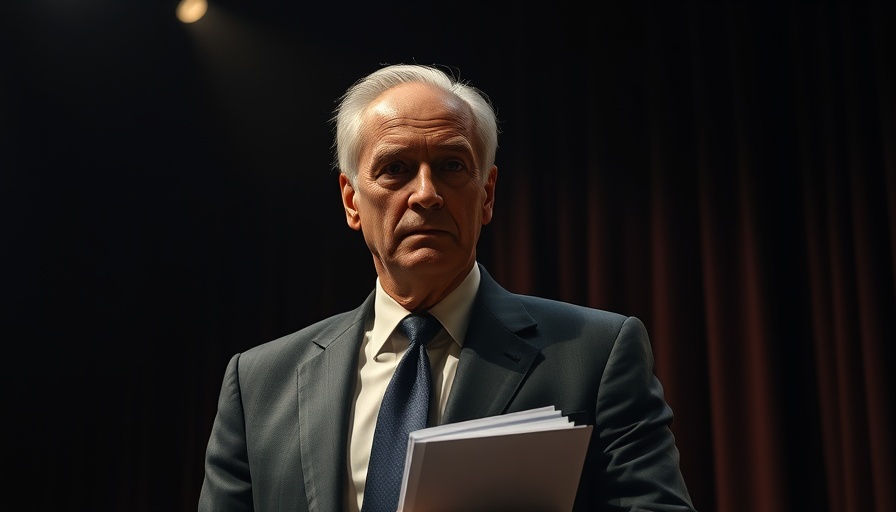
A Presidential Dilemma: Can Trump Fire Jay Powell?
The idea of firing the chair of the Federal Reserve is a controversial and complex topic that raises numerous questions. Donald Trump, the former president, openly criticized Federal Reserve Chairman Jay Powell during his time in office, particularly regarding interest rates and monetary policy. Many wonder whether Trump had the power to dismiss someone like Powell and what the implications of such an action would be.
Understanding the Fed's Independence
The Federal Reserve is designed to be an independent agency, insulated from political pressure to ensure objective monetary policy. This independence is crucial because it helps maintain public trust in the economic system. However, the president has the authority to appoint and remove members of the Fed's Board of Governors, which could mean the possibility of removing Powell from his position. The nuances of this political landscape reveal not just a potential power struggle, but also the implications of undermining an independent institution.
Past Encounters Between Trump and the Fed
During his presidency, Trump publicly expressed his dissatisfaction with Powell, criticizing the Fed for not cutting interest rates more aggressively. For many, this concern illustrated the delicate balance between fiscal policy and presidential influence. Notably, the comments from Trump painted Powell's decisions as detrimental to economic growth, leading to speculation about a potential firing. This dynamic raises significant questions about the future of the Fed under political pressure.
Reactions from Economists and Analysts
The economic community reacted strongly to Trump's musings about firing Powell. Many economists emphasized the importance of keeping the Fed free from political pressures, cautioning that such actions could destabilize financial markets. The essence of their caution points to the potential fallout: if investors and the public perceive the Fed’s policies to be influenced by political whims, it could undermine confidence in the U.S. economy's stability.
Future Predictions: What If Powell Were Fired?
Imagining a scenario where Trump succeeds in firing Powell opens several possibilities. Some analysts warn that this might lead to increased volatility in stock markets and could potentially reverse the economic gains seen during Trump's administration. Furthermore, appointing someone aligned with political interests could lead to misunderstandings about monetary policy, driving a wedge between the markets and economic fundamentals.
The Broader Implications of Federal Reserve Changes
Any change in the leadership of the Federal Reserve leads to broader implications for the economy, particularly for the Bay Area, which is known for its vibrant startups and venture capital landscape. A stable economy is vital for tech companies and entrepreneurs looking for investment and growth opportunities. Instability in monetary policy can affect everything from employment trends to commercial real estate news, impacting how businesses operate.
How the Public Views the Federal Reserve
The general sentiment towards the Fed can influence everything from consumer behavior trends to stock market performance. Public perception is critical for maintaining trust, and any attempt to exert political pressure could lead to a crisis of confidence among consumers and investors alike.
Conclusion: The Importance of Protecting Monetary Independence
As discussions about the Fed's leadership continue, it becomes increasingly essential to protect the independence of this crucial institution. Knowing how intertwined politics and economics are can help us understand the consequences of potential decisions made at the top. It remains to be seen how this ongoing debate will shape the future landscape of fiscal policy in the United States.
 Add Row
Add Row  Add
Add 



Write A Comment